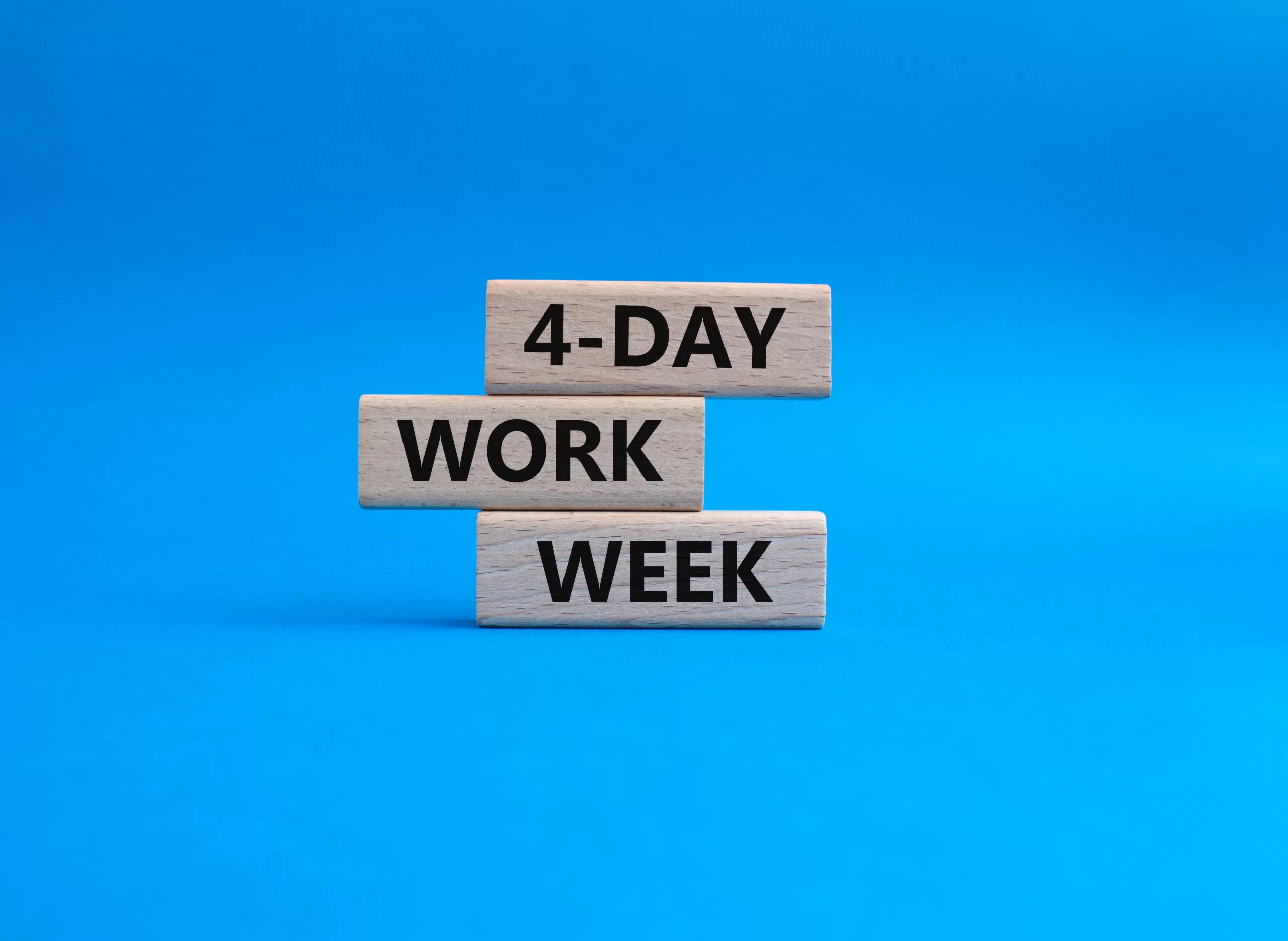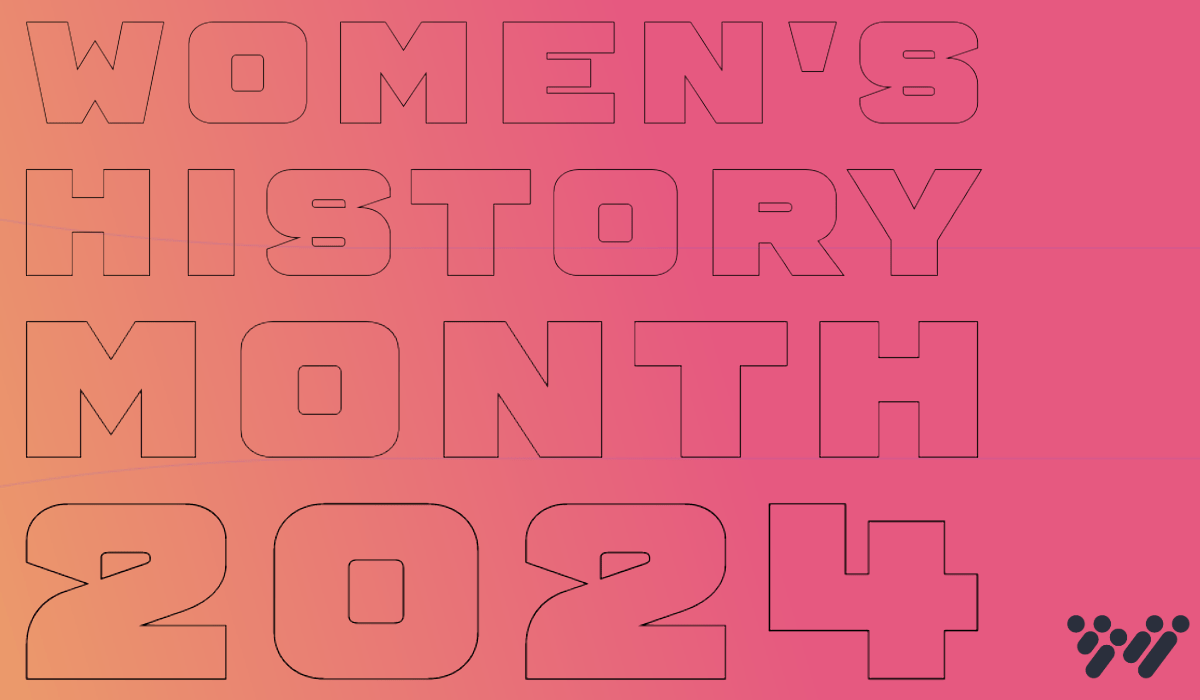Talent has become the great differentiator. Businesses run on it. As such, they do their best to find the best and brightest in a limited talent pool and develop them as part of their promotion pipeline. Extrinsic factors like inflation, talent competition, and global supply chain disruptions (as Gartner calls it, “the triple squeeze”) have made the challenge of driving HR change to enable stronger employee performance more difficult. Nonetheless, organizations aiming for growth in economically turbulent times expect HR leaders to step up to the challenge. As a recent Accenture study highlighted, 89% of CEOs say the CHRO should play a leading role in driving long-term profitable growth.
Expectations are high, resources are limited, and the time is now. Given the challenges you face as an HR leader, SHRM’s tagline for its annual conference will ring true — “drive change.” In an economic environment that requires companies to perform better while running leaner, that means HR needs to run smarter.
SHRM has been at the forefront of HR-related thought leadership for 75 years. It’s no surprise, therefore, that the event agenda covers the spectrum of talent issues. The conference focused on the different change levers HR leaders will need to zero in on. For this post, I’ll drill down on two of the areas that are both critical and, when done well, help elevate many of the others — Recruitment & Talent Acquisition and People & Talent Management.

Let’s start at the top of the talent funnel, with talent acquisition.
Talent Acquisition, 2.0
As one SHRM23 session provocatively puts it, HR leaders must “[make] work suck less by fixing broken HR systems”. Despite their best efforts, however, many leaders face challenging driving HR change toward optimized hiring processes. One element of this challenge is how they evaluate potential candidates.
Many talent-oriented functions tend towards an operational focus. But the extrinsic challenges affecting today’s market (i.e. inflation and supply chain disruptions) mean that organizations must be able to accomplish more while simultaneously managing resources more carefully. From an HR perspective, every single hire has to count. That’s true not just for a particular role, but also for future potential.
How can you as an HR leader strategically enable this pivot? Help your organization leverage talent-oriented science. Gathering comprehensive, job-specific insight on your candidates via science-based assessments before you hire means that those hires will perform better once in-role. And more successful employees are also much more likely to want to stay with your organization over time. The Wonderlic Select multi-measure assessment is 6x more predictive of job success than reviewing resumes alone.
Building Your Own ‘Great Retention’
As McKinsey recently stated in its 2023 The State of Organizations report, a major shift in in the HR world is focusing on “closing the capability chasm.” Given how rapidly change hits your industry and organization, you need talent that can also adapt their competencies to keep up.
What might not be clear to HR leaders is how rapidly some competencies are becoming obsolete. According to IBM, the half-life of a learned competency is five years. That means a competency learned now will be about half as valuable in just five years or less. But when organizations leverage science-backed assessments and couple them with development plans, they can account for the changing demands of talent. In that way, you are effectively paying it forward to your organization and your employees.
We believe that building an adaptable workforce starts at the individual employee level. Leaning in on development strategically will prove to be a linchpin in strengthening overall workforce resilience.
Proactively identifying and closing those competency gaps is impossible over time without a science-based, role-focused assessment like Wonderlic Develop. A sound, comprehensive, and role-specific development strategy is a prerequisite for driving HR change. It enables your organization to tap into your employees’ potential and prepare them for how their current role will evolve. It also helps build out the pipeline of talent your organization will need in the future.
Drive HR change in 2023 and beyond
“Last year, we cited the twin talent challenges of recruiting and retaining employees as the most important issues for companies in 2022. This was an accurate prediction, and we expect these challenges to continue through 2023.”
Mark Smith, SHRM director of HR thought leadership
Organizations have multiple levers they can activate towards increased productivity in economically volatile times. SHRM’s research into 2023 HR priorities outlines where talent-related budget increases are going. Given both the shortfalls highlighted by many applicants during the assessment process and the desire employees show for development, it’s no surprise that allocated budget for talent acquisition as well as development for both employees and leaders are slated to increase in at least a third of polled organizations.

In this economy, any additional resources provided to HR leaders will be under scrutiny for how quickly they yield results. Investments in technology will also be examined for how easily they are deployed and used, how much customization is required, how much time they save and specifically whether they solve a challenge. Strategically-minded HR leaders seek to remove unnecessary complexities from their already complicated remits. Wonderlic products are designed specifically with this in mind — from job applicants, employees, managers, and HR.
To paraphrase the title of Heather MacDonald Stefanski’s (McKinsey’s Chief Learning and Development Officer) session, the only way to systemically close the talent competency gap isn’t “’fire and hire — it’s ‘attract, retain and grow’”.
Long after SHRM’s flagship event this year, you as an HR leader will be grappling with the reality of how much is riding on your shoulders. Maximizing the potential of your people is your goal. A science-based assessment and development strategy serves as a major addition to your strategic HR tool set.
Find out more about how we at Wonderlic help our clients solve for these challenges.






